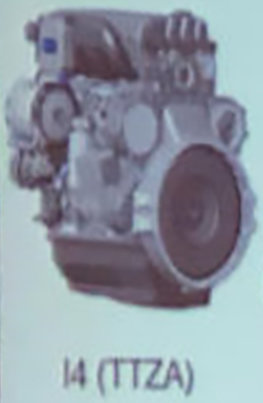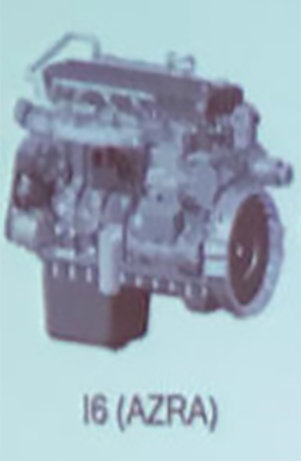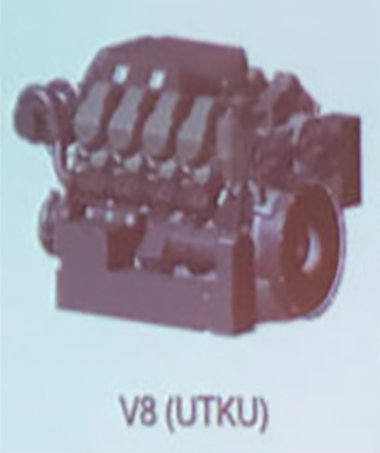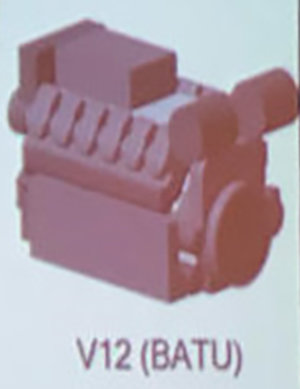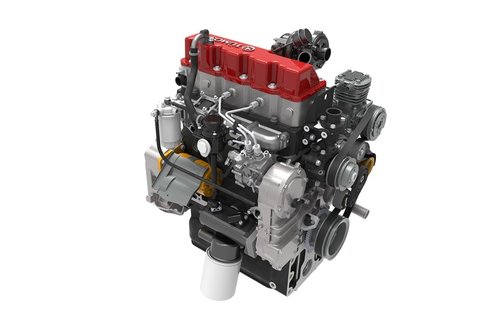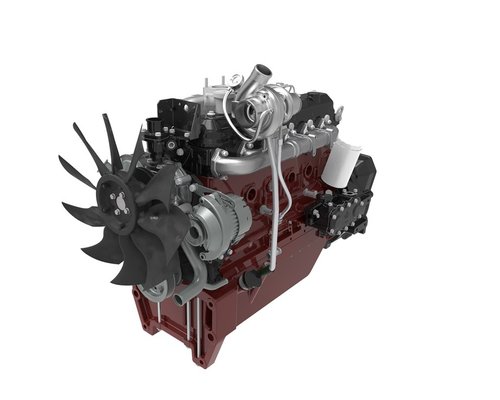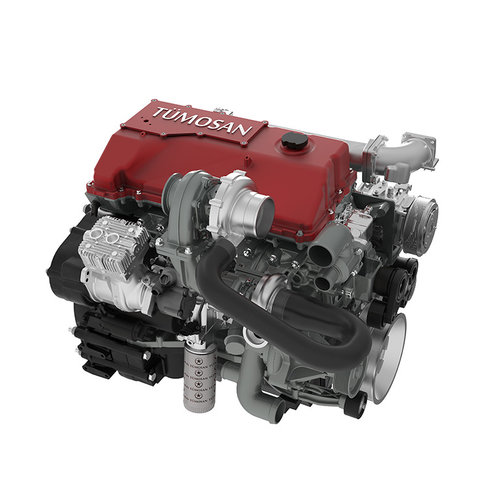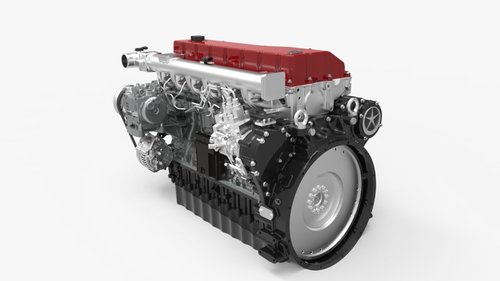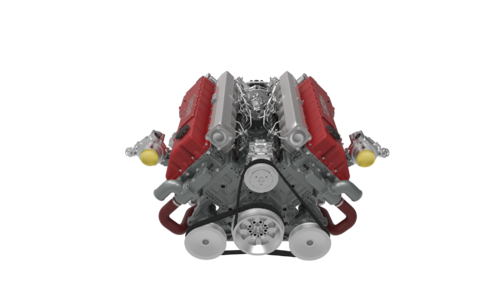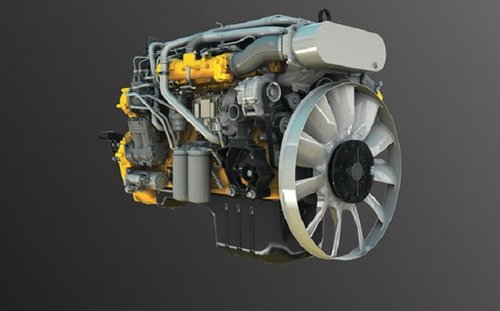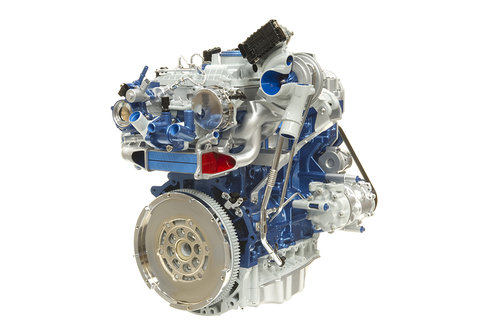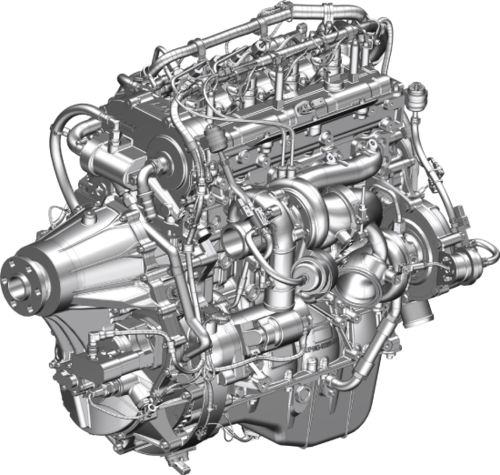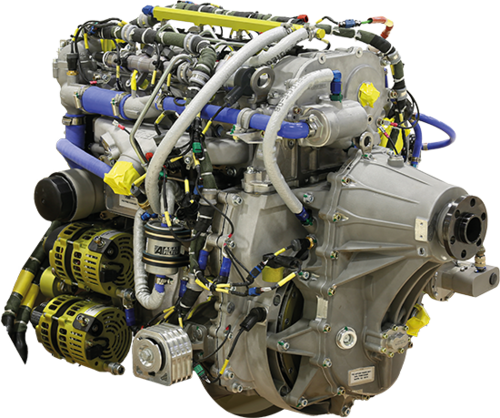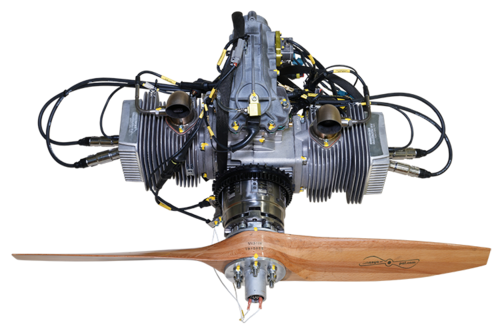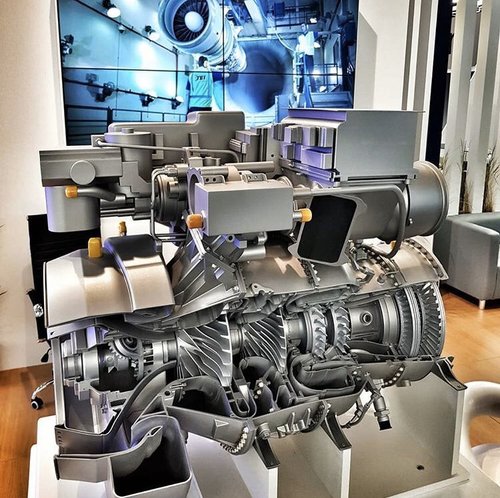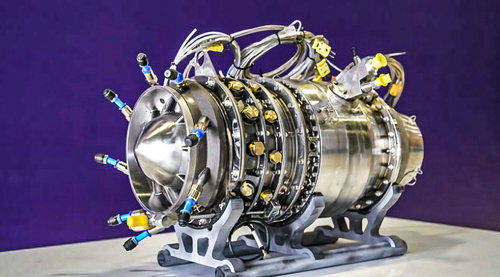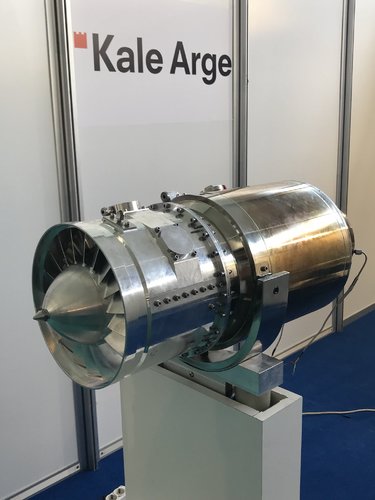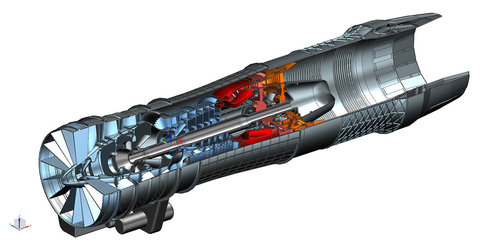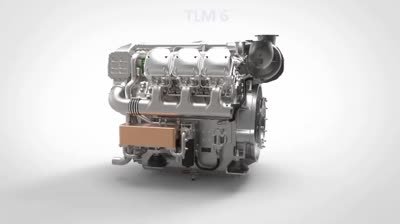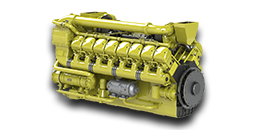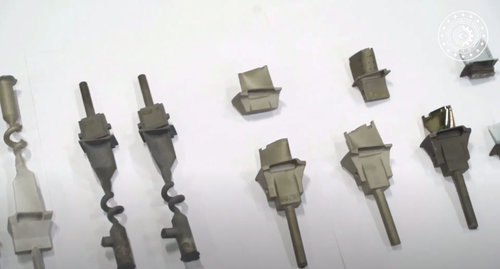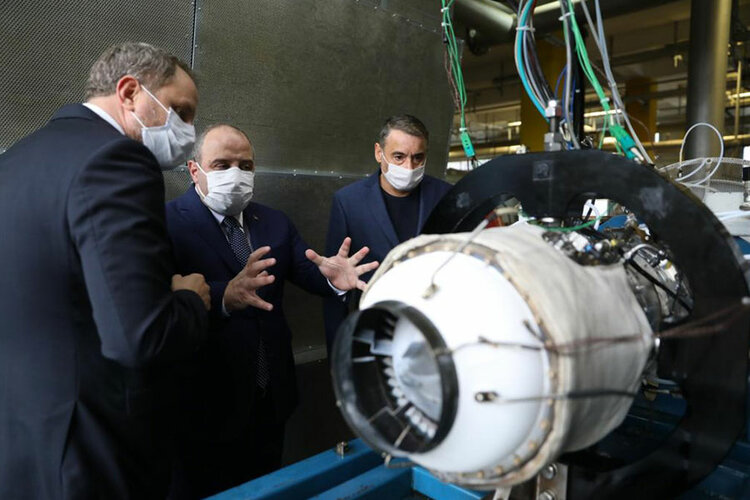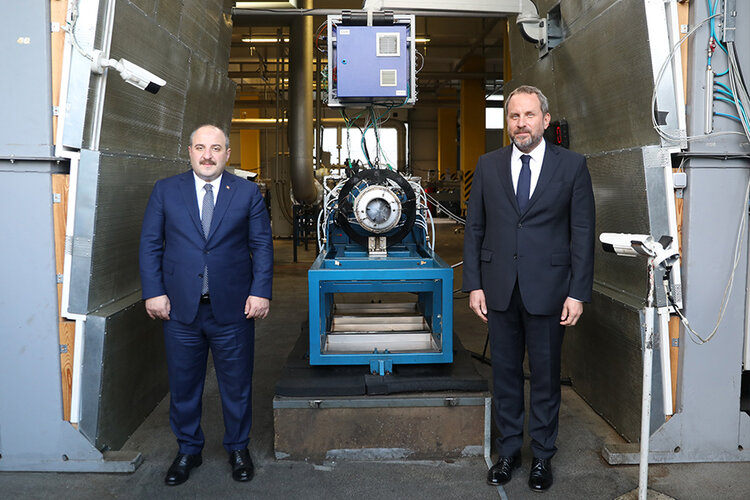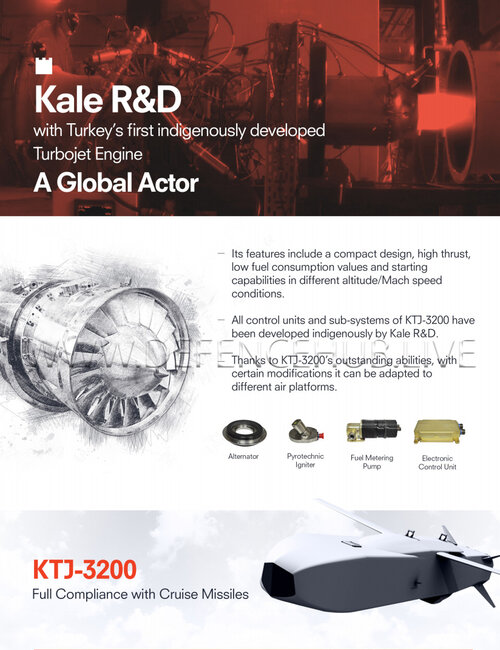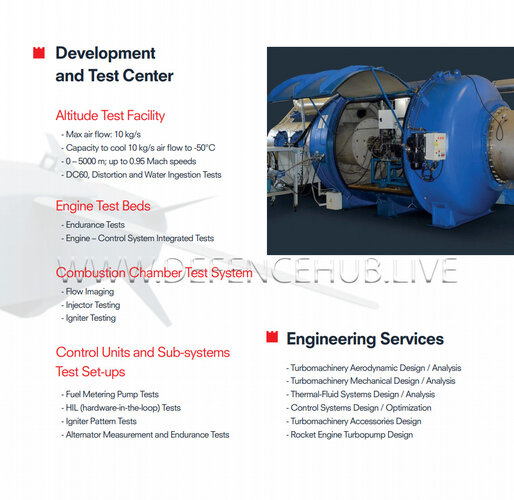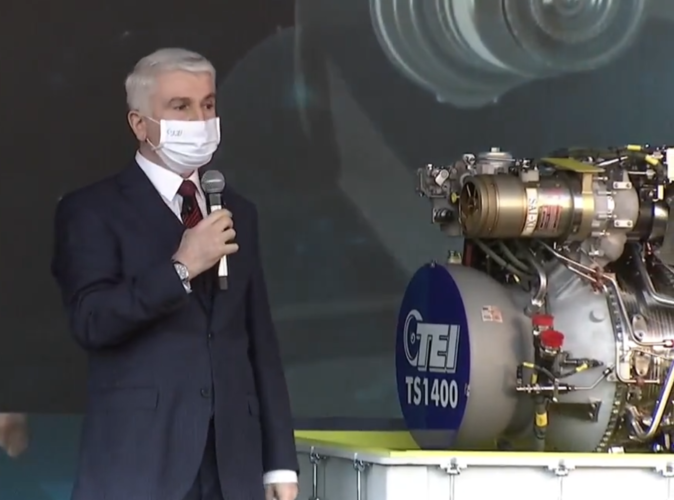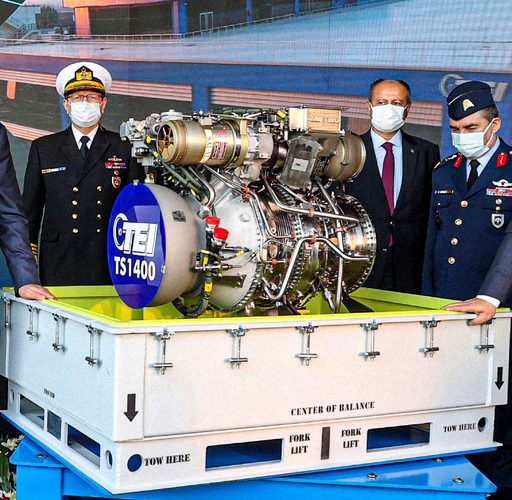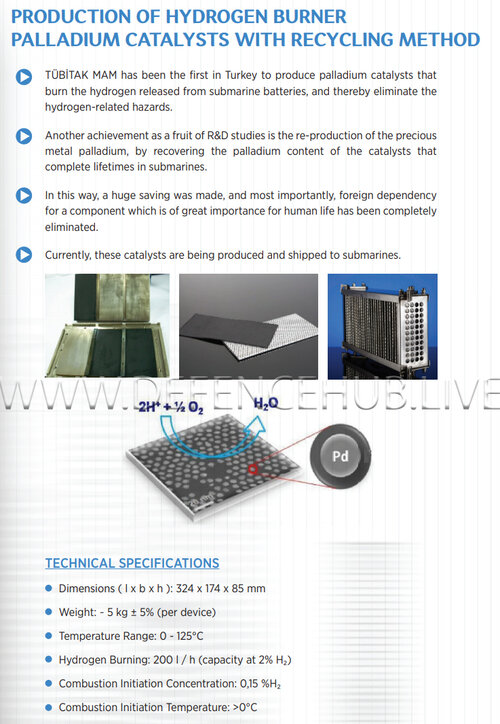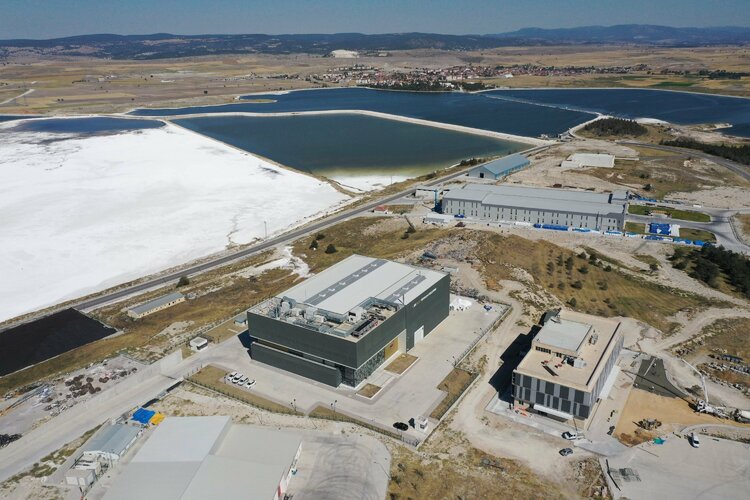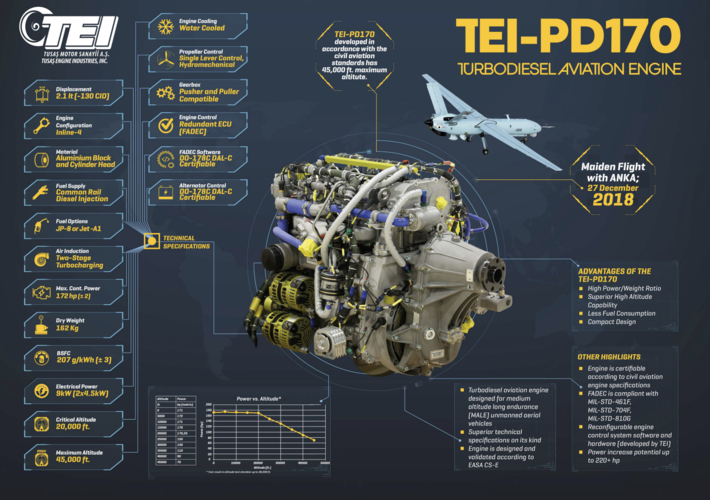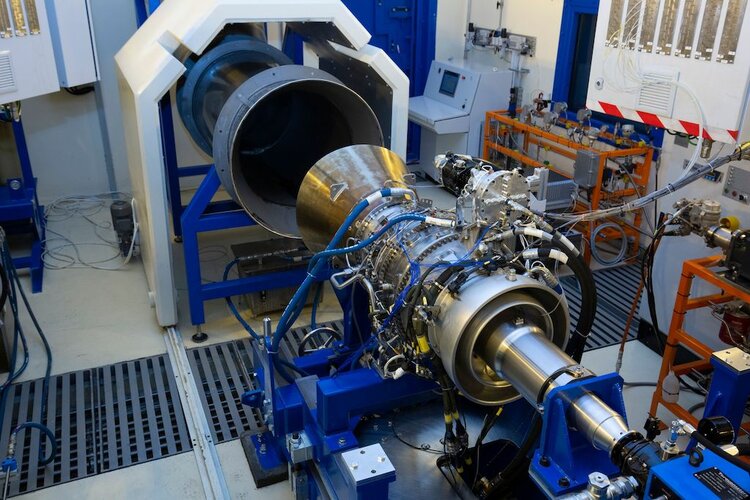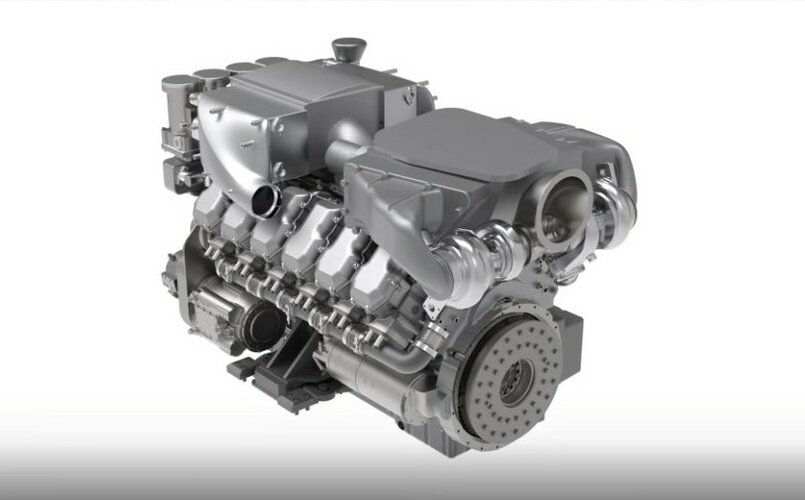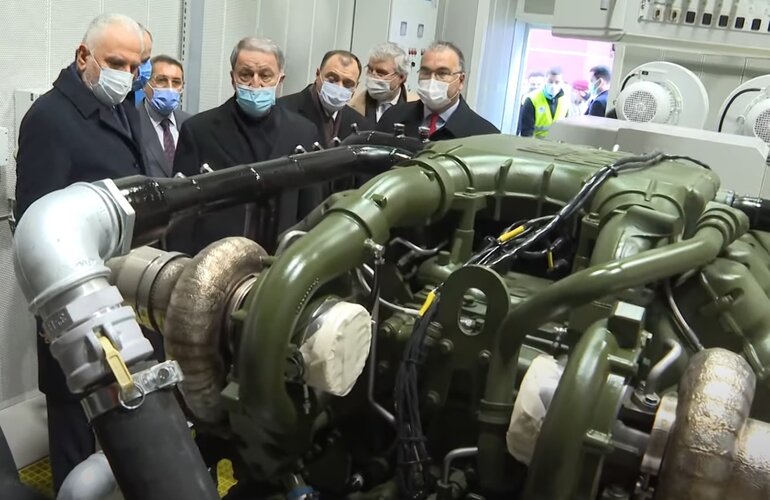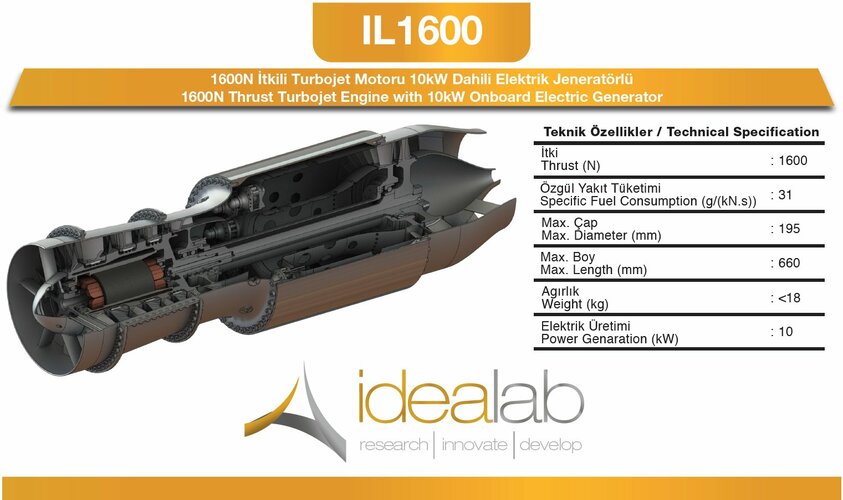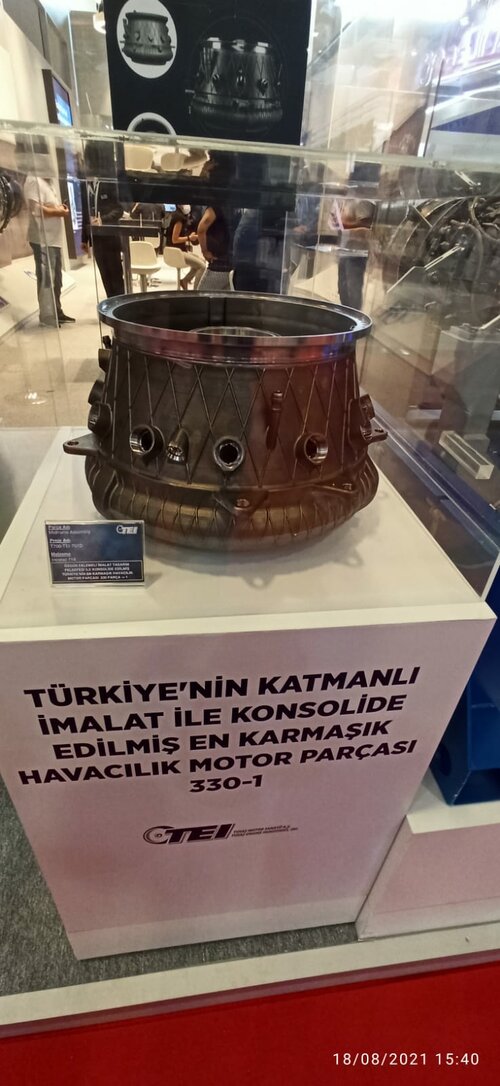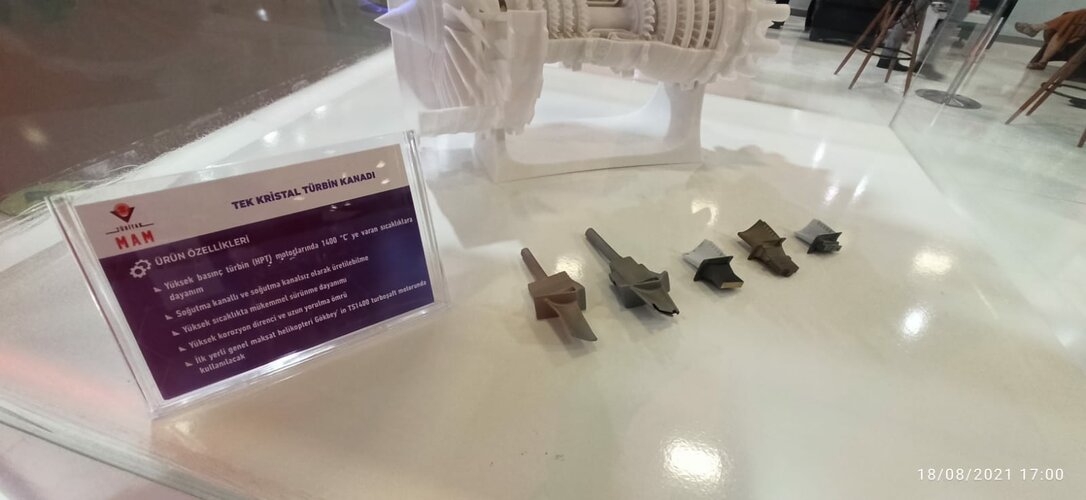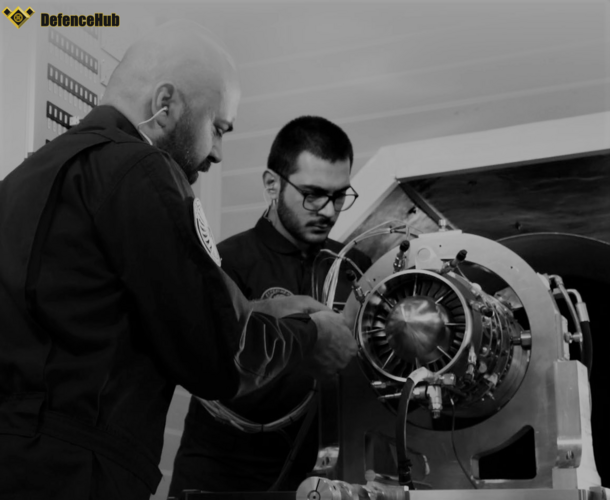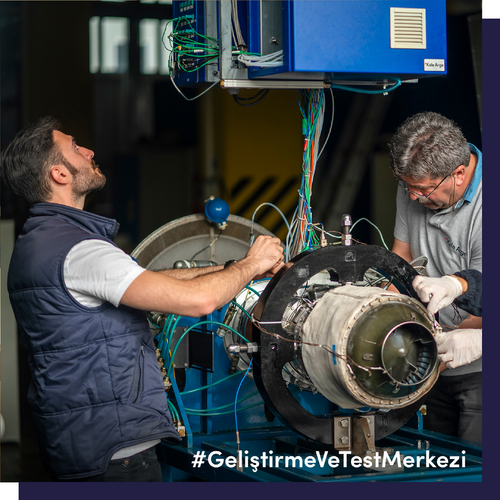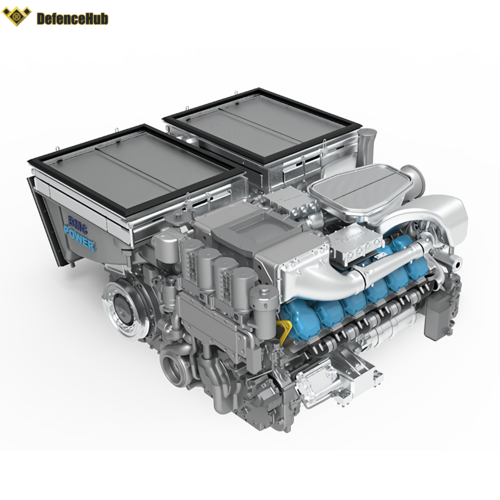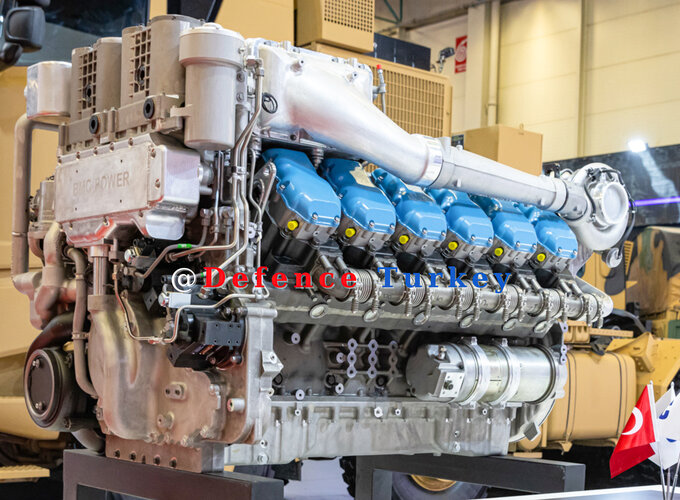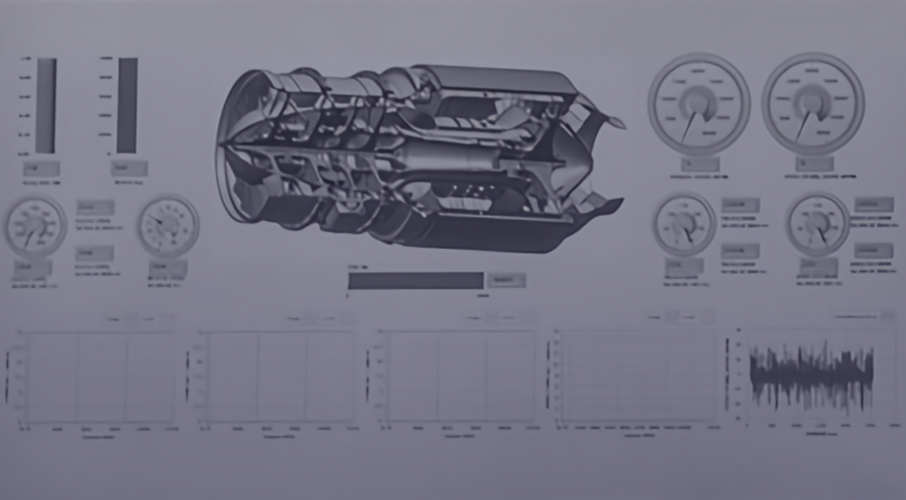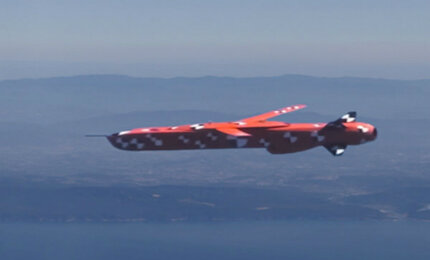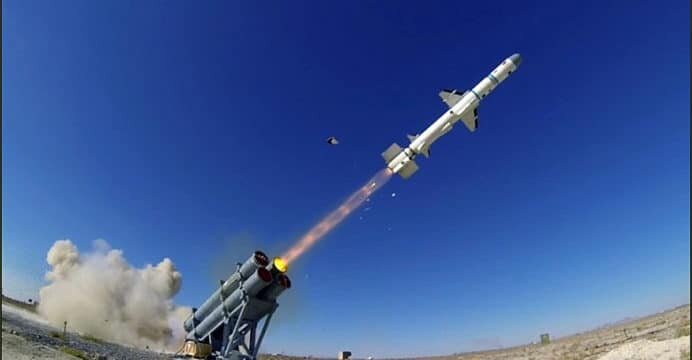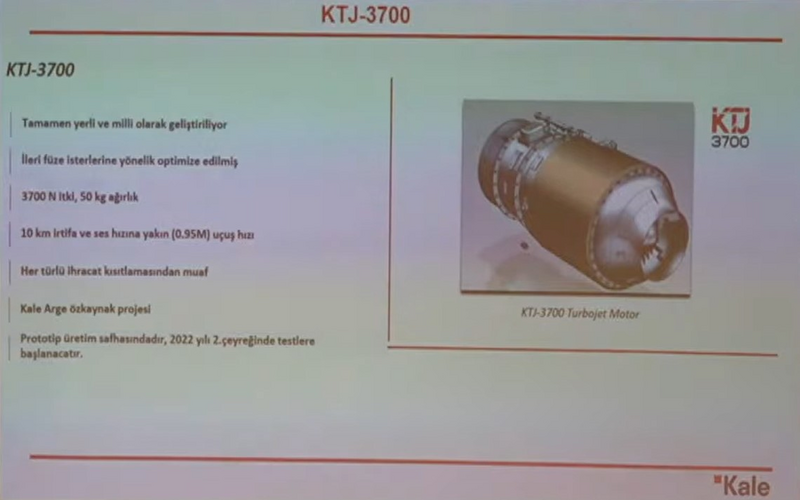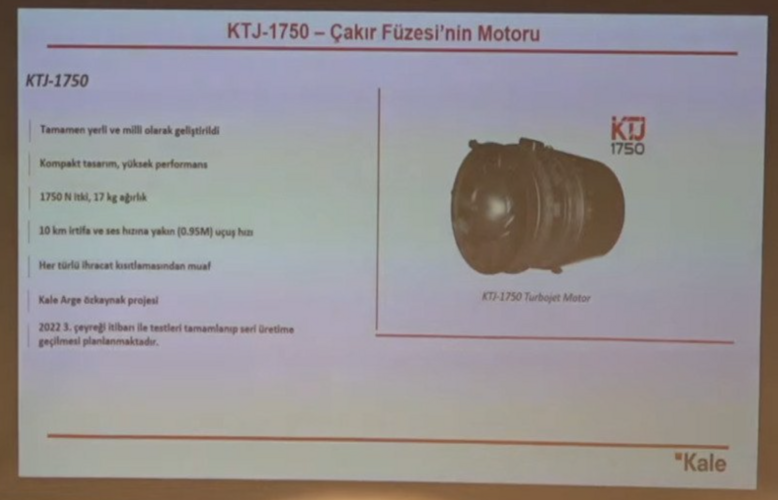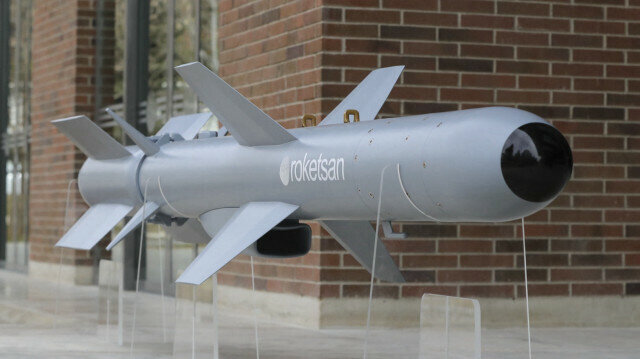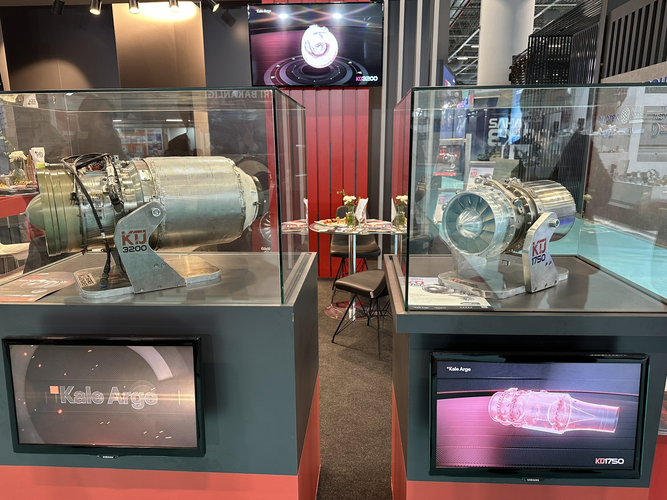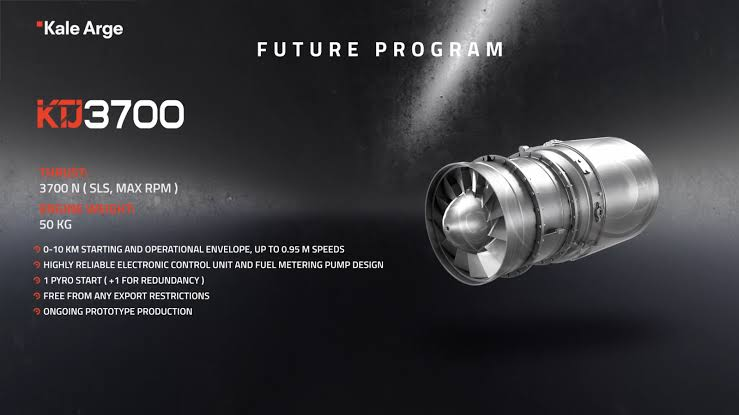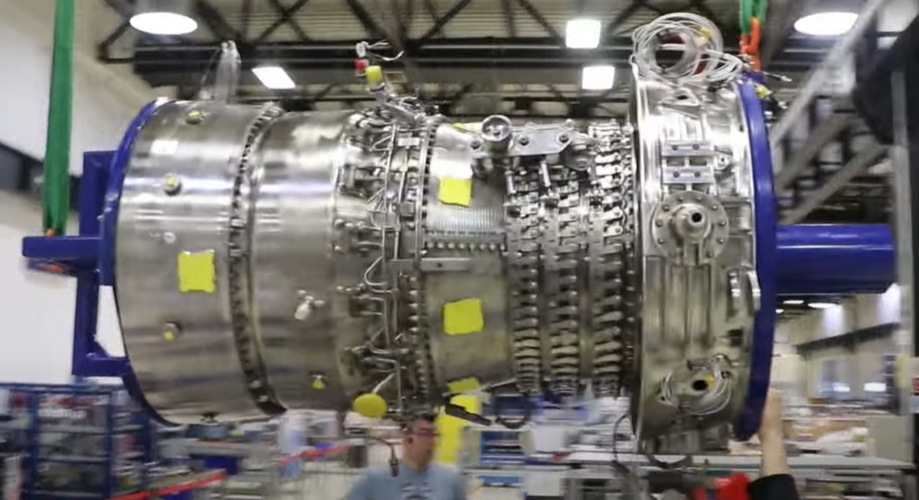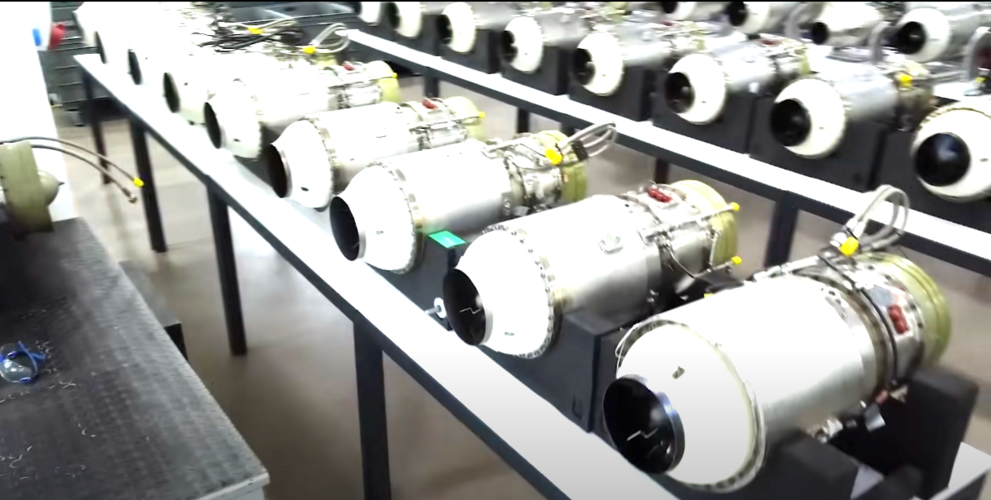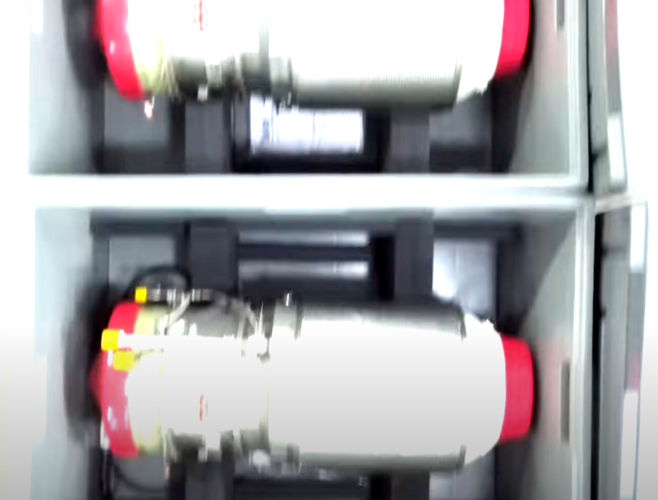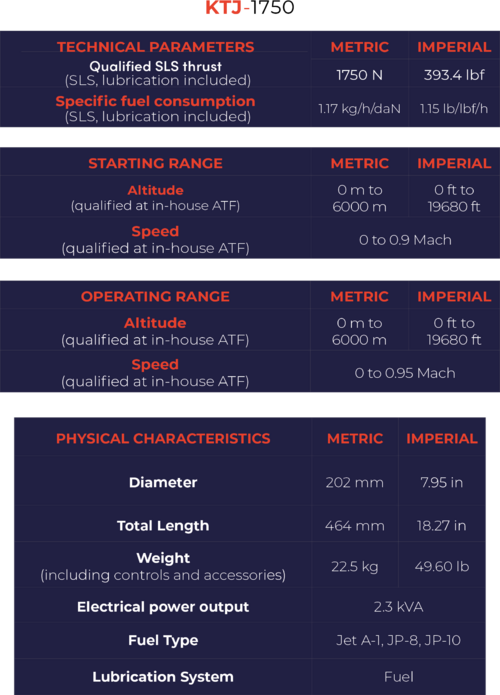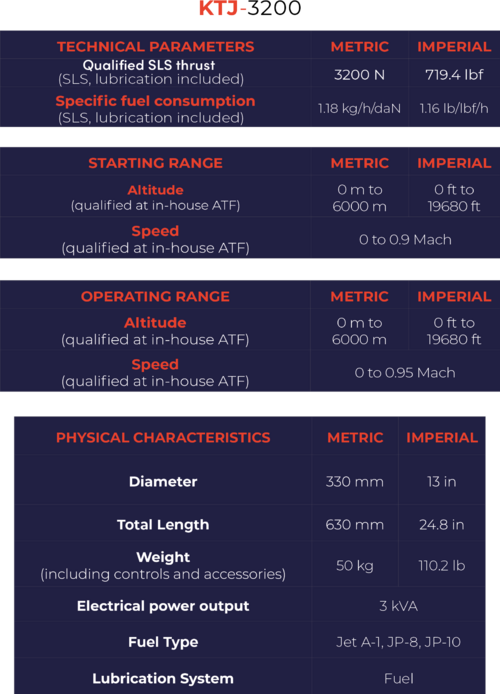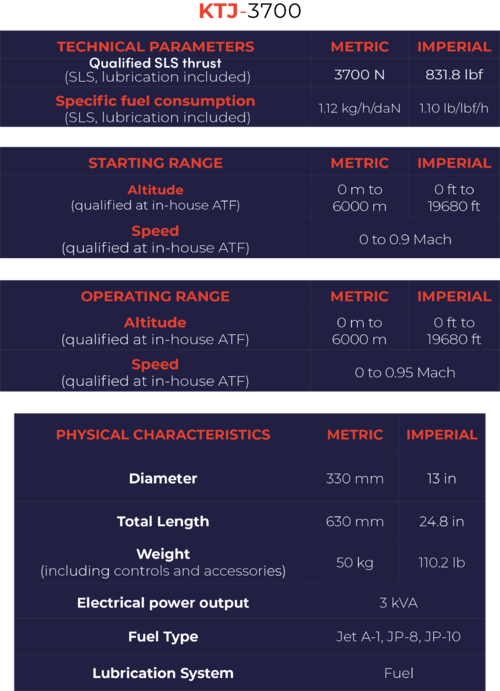Air Independent Propulsion proposed for 'MILDEN' - Turkey's domestic submarine project
This article gives an overview related to stealth submarine propulsion system, in particular recently being developed by IdeaLab, closed loop Supercritical Carbon Dioxide (sCO2) Brayton power cycle based Air Independent Propulsion (AIP).
AIP allows a submarine to run its electric motor and other electrical systems without using the batteries. It reduces the frequency with which the submarine has to put its mast above the surface to suck in air for the diesel engines to recharge the batteries. The submarine still has to snort for brief periods on most days in order to ventilate, but is much less exposed than conventional diesel-electric submarines. During operations, if the tactical situation prohibits ventilation then the submarine can delay snorting for much longer than normal. And it can revert to lighting oxygen candles (or equivalent) in dire situations. Therefore the submarine can remain submerged for much longer, giving the submarine commander much greater flexibility. There are currently over 50 AIP submarines in service around the world, with the number likely to double in the coming decade.
Let’s discuss and compare IdeaLab’s new sCO2 Brayton power cycle AIP with existing technologies. We will describe sCO2 Brayton power cycle based AIP system in detail and provide brief discussion on existing technologies.
What is Supercritical CO2?
Supercritical CO2 is a fluid state of carbon dioxide where it is held above its critical point (i.e., critical pressure and temperature). The density at that point is similar to that of a liquid and allows for the pumping power needed in a compressor to be significantly reduced, thus significantly increasing the thermal-to-electric energy conversion efficiency.
The IdeaLab Solution
Basically, IdeaLab is developing a thermal-to-electric power conversion technology in a configuration called the recompression closed Brayton cycle (RCBC) that uses supercritical carbon dioxide as the working fluid, rather than steam, thereby dramatically increasing conversion efficiency compared to the steam Rankine cycle.
The primary reason for improved power conversion efficiency is simply that the use of sCO2 as the working fluid in a Brayton cycle requires less work to convert a given thermal input to electricity. In general, increased efficiency represents increased output for the same thermal input, regardless of the thermal source (natural gas, nuclear, solar or coal). Where fuel costs are a significant portion of overall costs (coal and natural gas fired plants), the benefit is reduced fuel costs. Where capital investments are high (nuclear and concentrating solar power), the benefit is increased output for the initial investment.
IdeaLab sCO2 Power Cycle Benefits as AIP
IdeaLab sCO2 AIP power conversion technology offers a number of benefits over competing AIP Technologies. Most important of all is having 25% higher
volume power density (Figure 1) makes IdeaLab AIP power system a strong candidate while the weight stays half of the competing AIP technologies such Fuel Cell and Stirling (Figure 2).
Other benefit is increased efficiency (resulting in increased electricity/power production for same thermal input) due to using sCO2 that provides extra 7 points compared to close challenger fuel cells (Figure 3).
IdeaLab sCO2 AIP system consists of high pressure piping loop that allows depths of 1200 m without any other CO2 disposal pump system on board. Excess CO2 can be stored in vessel if desired.
IdeaLab sCO2 AIP power module is capable of providing up to 4MW electric power. Traction system could be configured so that 4MW burst of energy can be directed to drive system. This is serious advantage over other existing AIP technologies that has limited low speeds due to maximum power drainage problems.
Due to innovative hybrid catalytic combustion chamber; diesel, JP-8 or liquefied natural gas can be used as fuel. Based on conceptual mission analysis, with 100 tons of diesel fuel, sCO2 AIP system could potentially stay submerged 90 days and provide 20,000 km mission range between refuels. This unsurpassed capability compared to existing AIP technologies gives a conventional submarine nuclear-submarine like potency and stealth. Also having high speed turbomachinery as an inherent design future mutes all the noise concerns that a diesel or stirling engine has.
Challenges
All these benefits brings up new challenges as well. Before the benefits of sCO2 AIP power cycle can be realized, it must be shown to be ready and reliable. In concert with the Undersecretaries for Defence Industries (SSM), IdeaLab has been conducting research and development to deliver a technology that is ready for field implementation. In fact, IdeaLab has adopted the following mission statement “By the end of FY 2018, IdeaLab shall develop a fully operational up to 1 MWe R&D Demonstration sCO2 Brayton Power Conversion System that will allow the systematic identification and retirement of technical risks and testing of components for the marine application of this technology.” Ongoing activities in support of that mission include:
- Confirm viability of existing components (bearings and gas seals) and suitability of materials,
- Accommodate a wide range of operating parameters and applications,
- Integrate and scale up existing technologies into a new application, and
- Develop robust operating procedures for operating at critical point.
Future Applications
sCO2 power cycles are potentially applicable to a wide variety of power-generation applications. Nuclear power, concentrated solar thermal, fossil fuel boilers, geothermal, and floating shipboard propulsion systems have all been identified as favourable applications for sCO2 cycles and would replace traditional steam Rankine cycles.
We will end this article by discussing briefly competing existing technologies.
Stirling Engines
The original Stirling Engine was patented in 1816 by British engineer Robert Stirling as a rival to the steam engine. Although successful, it was largely replaced by the electric motor in the early 1900s and almost forgotten, until the Swedes looked for clever ways to propel a submarine. The engine’s heat is produced in a combustion chamber but it is separated from the actual engine. The heat is transferred to the engine’s working gas (e.g. oxygen), operating in a completely closed system. The working gas forces the pistons in the engine to move, thus producing mechanical energy. Although Stirling engines are well tested and simple, they are relatively bulky, comparatively noisy due to moving parts. Limits the submarine’s operating depth to about 200 m when in use.
Fuel Cells
Fuel cells mix oxygen with a hydrogen-rich chemical to produce an electric current. Fuel cells use an electrochemical reaction in which oxygen and a hydrogen-rich fuel combine to form water, and electricity. Unlike internal combustion engines, the fuel is not combusted. Instead the energy is released electrocatalytically. Fuel Cell AIP was developed in the 1980s for the German Navy. The main system in use today is the German designed Seimens PEM (Polymer Electrolyte Module), but Indian and American firms also supply them for AIP submarines. Fuel cells have a high power density and generally provide the longest endurance of current AIP systems. They are very quiet and the technology is seen as offering further potential. Major downside is Fuel cells are being expensive and complex.
MESMA
MESMA is a French system which runs a steam turbine off the chemical reaction between ethanol and oxygen. In many respects the system is based on the nuclear propulsion but with an alternative heat source. Only Pakistan fields this type of AIP currently. MESMA has a high power output potentially allowing greatest underwater speed but it is relatively thirsty, noisy and has complex plumbing.
Power to Volume;
Most important of all is having 25% higher
volume power density (Figure 1)
Power to weight;
Weight half of the competing AIP technologies such Fuel Cell and Stirling (Figure 2).
Power production efficiency;
Other benefit is increased efficiency (resulting in increased electricity/power production for same thermal input) due to using sCO2 that provides extra 7 points compared to close challenger fuel cells (Figure 3).
Size comparison
Model














